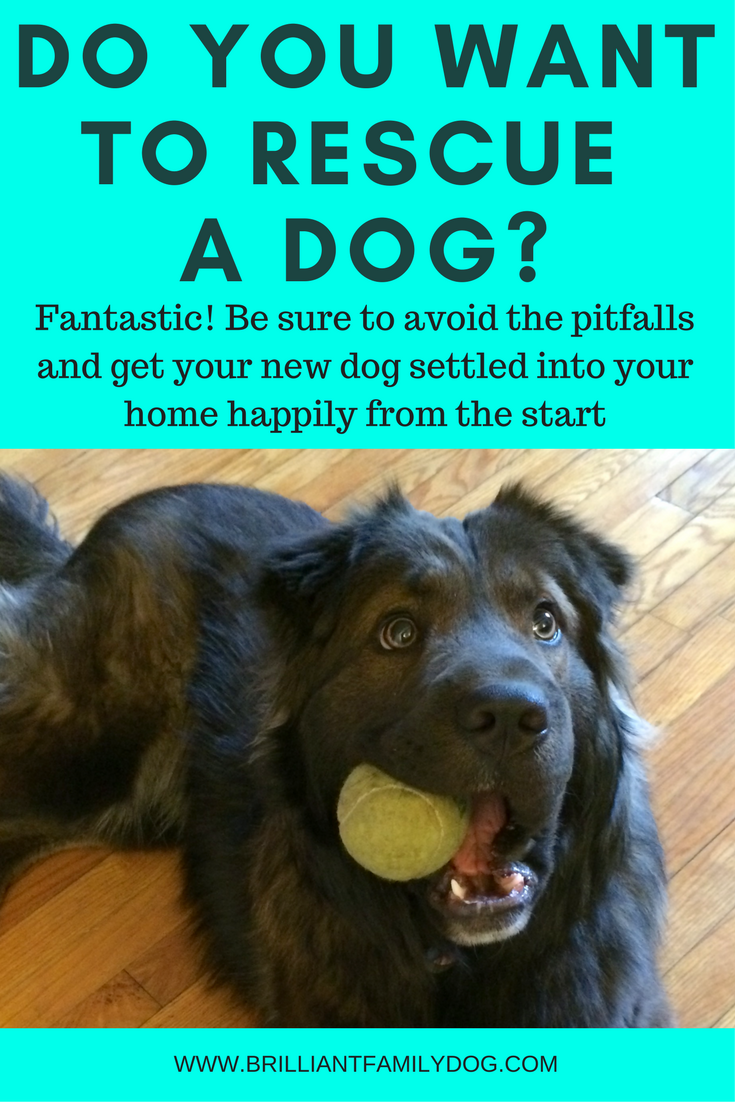It’s not that hot in England right now. But it is June, which means there is the possibility of a hot day. And the trouble is, we’re not that used to the heat.
Friends in the US and the Far East and Australia tell me that their heat is frequently up in the 90s, so they’re adept at managing their homes and their lives to accommodate this.
THIS FREE ECOURSE IS A BONUS FOR YOU WHEN YOU SIGN UP TO RECEIVE EDUCATIONAL EMAILS AND OCCASIONAL OFFERS FROM ME. YOU CAN UNSUBSCRIBE AT ANY TIME.
Privacy Policy
But it can be very easy to think that how you experience the heat is how your dog will experience it! How wrong can we be?
You’ve met young Coco Poodle … well, he hasn’t time to stay still and rest. And he certainly doesn’t have time to think in the moment! So if Cricket the Whippet, with her thin coat, huge heart and lungs, and lean form specially adapted to losing heat as fast as possible takes off after a rabbit, Coco will hurtle off with her!
He’s very, very fast - which is why so many miniature poodles do well in agility competitions - but he can’t clock 35 mph like Cricket can without something going amiss.
A cautionary tale
Recently - on a pleasant, sunny but not particularly hot, day - this is just what happened. They took off after a rabbit.
They both came back soon enough - a quick chase is what they enjoyed. (Don’t worry! They don’t do anything with the rabbit when they overtake it, they just leave and come back, knowing the fun is over.)
Cricket panted lightly for a minute or two, but Coco was panting heavily, his tongue a large spoon shape that showed just how much heat his body was trying to lose. Back on lead again I expected him to recover quickly as usual.
But this day, over the next few minutes, he gradually got worse.
As we headed homeward I was looking out for waterways without blue-green algae, and which were accessible.
Coco started to hang back and plod.
I hunted more urgently.
Coco’s legs started to splay, he was gasping, and he became unable to walk.
So I had no choice but to scoop him up and race to clean water as quickly as possible. Once I found some we could scramble down to, I attached 10 feet of lead to his harness and lowered him in at the edge. The water was over his ankles, the harness holding him upright.
Gradually I moved him further into the water, in stages. I knew it was important not to rush this bit.
Eventually the water reached his ribs. After standing him shoulder deep in the water for about 5 minutes, he became perkier, slowed his panting and took a drink.
He was able to do the last part of our walk back to the car on his own four feet.
Phew! What a relief!
The cooling episode could have been speeded up a bit if I’d been able to reach him and splash some water on his head and back, to accelerate heat loss through evaporation. But slowly does it is the way to go.
Is your dog like Coco?
It’s important to know how to manage your individual dog. While Cricket recovered with absolute ease from her burst of speed - this is, after all, what Whippets are brilliantly designed for, and also why they feel the cold so much - Coco naturally has a warm tightly-curled coat. I keep it short most of the year, and take care to shear him more frequently in the summer months.
The other two dogs who hadn’t taken off chasing were fine. In fact they’re older and more sensible than Coco and can manage their body-heat pretty well.
But Coco … aaahhh … Coco! He’s in too much of a hurry to think a lot of the time. So I have to manage things for him. Now that I’m aware of how easily he can get beyond himself heatwise, I can ensure it doesn’t happen again. As my students know well, one of my maxims is “If you don’t want something to happen, don’t let it happen!”
So if it’s warm or close and there are rabbits about, young Coco stays on lead till it’s safe. Though I always stay aware of where we can find water, just in case!
What to do?
There are some useful suggestions here to help you manage your dog in hot weather.
Always remember that what seems ok for us may absolutely NOT be ok for your dog! Err on the side of caution. Things can go wrong fast.
The answer lies in prevention, management, and knowing what to do.
Of course, as that article shows, heat can also affect your dog’s mood. Learn how to access and influence your dog’s state of mind easily in our free Workshop













